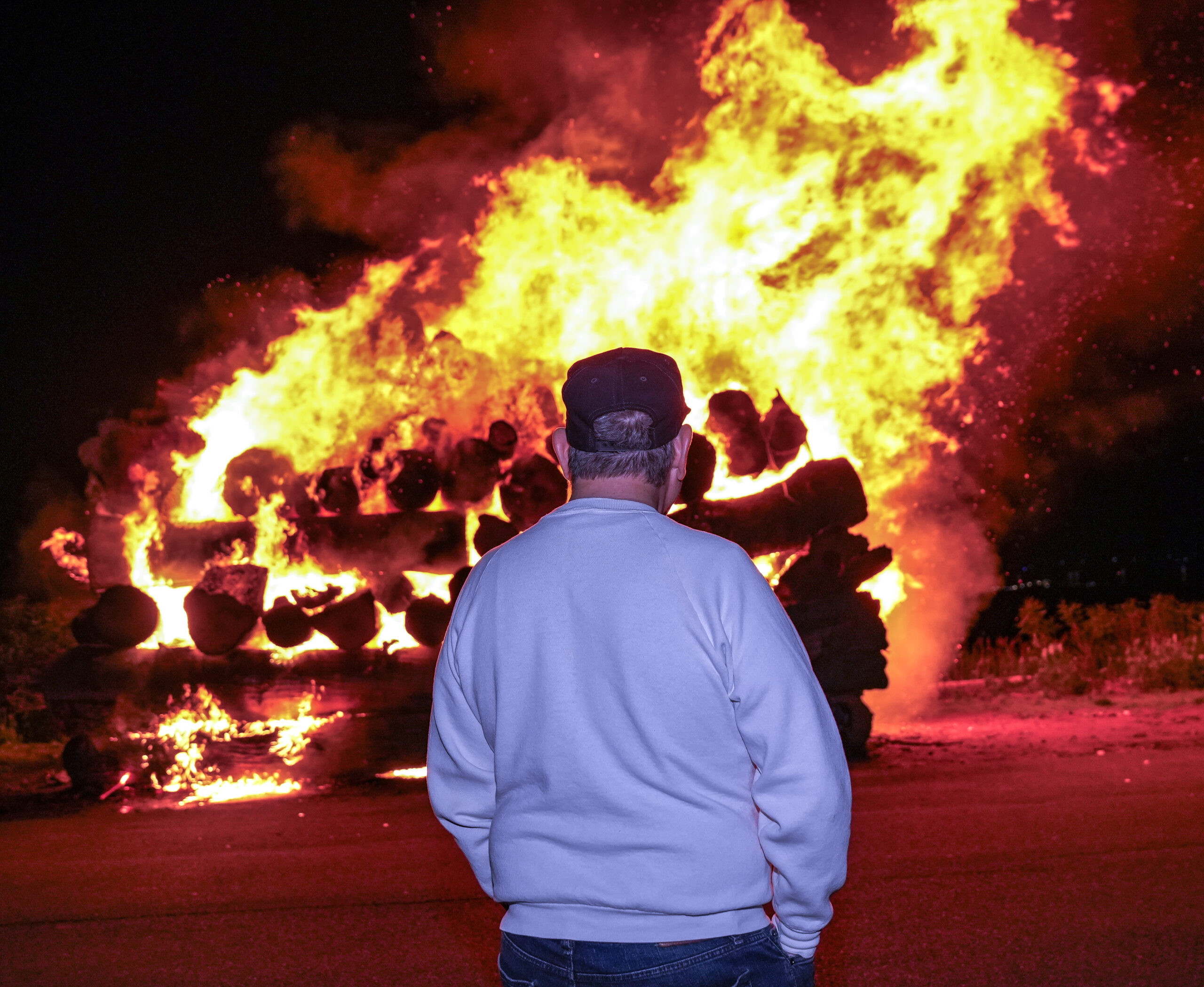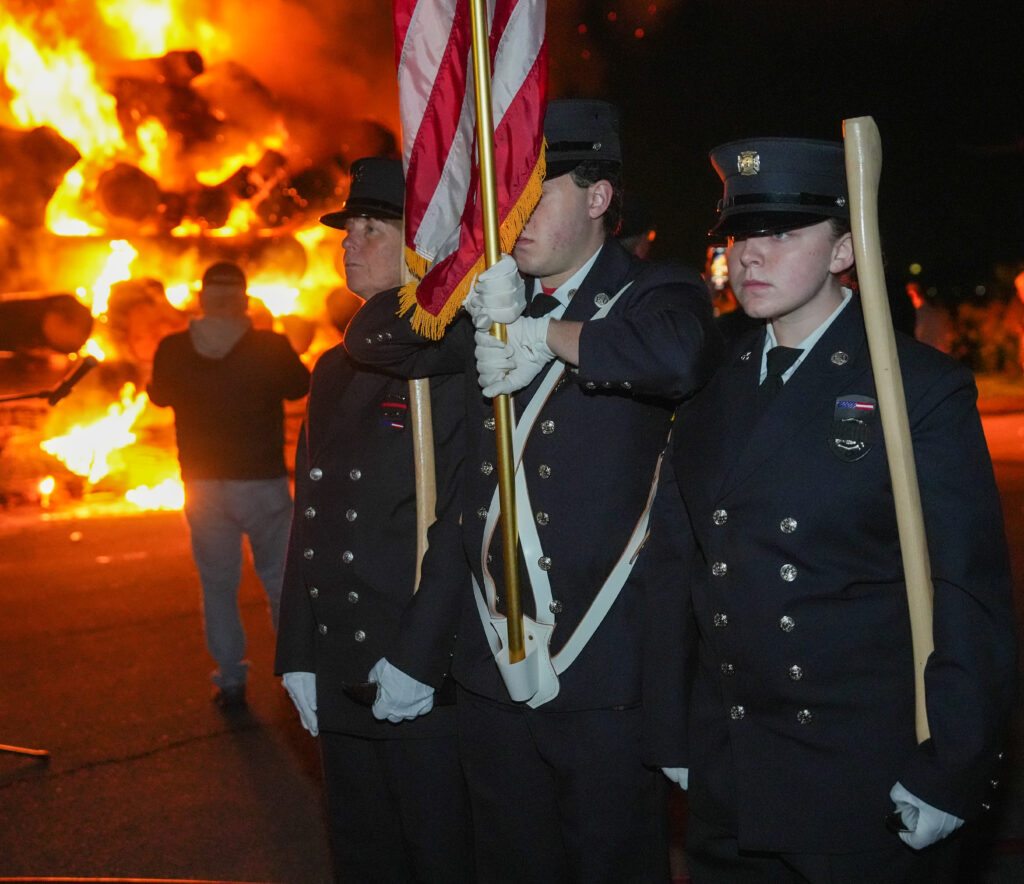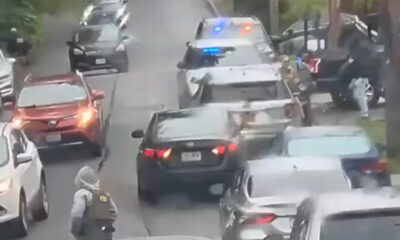Rockland County Legislator Aney Paul and the Clarkstown Lions club to sponsor a food drive from 10 a.m. to 2 p.m. on Sunday, Dec. 13, in front of Posa Posa restaurant in the Rockland Center in Nanuet (near Party City).
“So many people are in a dire situation because of the impacts of the pandemic,” Legislator Paul said. “Job losses and reduced hours have left many individuals and families without the resources they need to be able to put food on the table. This is an opportunity to help and I ask anyone who can donate, to please pass by and drop off nonperishable food.”
A report issued in September by the Food, Research and Action Center stated that the number of adults reporting that members of their family often did not have enough to eat rose from about 8 million in 2018 to between 26 and 29 million between in April and July of 2020.
More than 200,000 meals are served every month by pantries and feeding programs in Rockland, according to Rockland Community Against Hunger, an umbrella organization of pantries and feeding programs throughout the county.
The Nanuet Lions’ Club is now known as the Clarkstown Lions’ Club. The club typically conducts 40 food drives outside local supermarkets per year, but due to the pandemic, curtailed the collection. The club is looking to make up for some of that with this food drive. Legislator Paul is a long-time member of the organization.
Suggestions for items:
Cereal, oatmeal, breakfast items
Tuna or chicken, canned or pouch
Peanut butter, jelly
Pasta, pasta sauce, mac & cheese, rice
Water, juices, coffee, tea
Snacks, baking needs
Canned fruits and vegetables
Sauces and condiments
Cleaning supplies
Paper goods, sanitary products, baby items
Food collected on Dec. 13 will be donated to People to People, TOUCH, the Sloatsburg Food Pantry, and other sites. Those who prefer donate money, which is used to buy food, can send checks made payable to Nanuet Lions Club, c/o PDG Barbara Check, 100 Brook Hill Drive, West Nyack, Ny 10994.
For more information, please email nocaremama@aol.com or call (845) 536-0928.

 Police/Fire/EMS1 week ago
Police/Fire/EMS1 week ago
 Community1 week ago
Community1 week ago
 Politics1 week ago
Politics1 week ago
 Government1 week ago
Government1 week ago
















